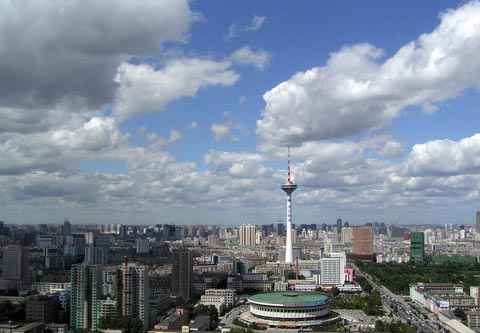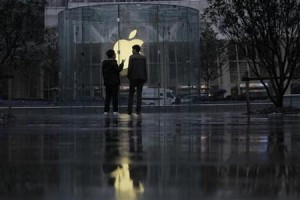 Shenyang is a large city in Northeastern China, not far from the border with North Korea. It is a centrally important industrial city with a population of 8 million that is currently leading the charge for environmentally-friendly practices in urban China. It was at one point heavily polluted with perpetual gray skies and black soot in the air. It was home to some of the country’s largest iron and steel plants with a forest of smokestacks and chimneys. The city has undergone a massive transformation by reducing its air pollution, expanding green spaces, and implementing stricter environmental policies.
Shenyang is a large city in Northeastern China, not far from the border with North Korea. It is a centrally important industrial city with a population of 8 million that is currently leading the charge for environmentally-friendly practices in urban China. It was at one point heavily polluted with perpetual gray skies and black soot in the air. It was home to some of the country’s largest iron and steel plants with a forest of smokestacks and chimneys. The city has undergone a massive transformation by reducing its air pollution, expanding green spaces, and implementing stricter environmental policies.
In its history, despite the city being subject to many wars in its past with Russia, Japan, and the Chinese Civil War, the city managed to continually grow and expand its industrial might. During Mao Tse Tung’s great leap forward, the city of Shenyang was instrumental in putting China on an industrial path. It is often referred to as the “elder brother” of industry for the role it played in the 1950s and 1960s. In the 1990s, the city came to an economic halt when many of its factories went bankrupt, leaving many people unemployed.
Since then, Shenyang, like many former-industrial cities in the West, has worked to green its image, attracting a new type of economy and increasing its standard of living. According to the Urban Sustainability Index for China, conducted by the Urban China Initiative (UCI), Shenyang was the leader in environmental improvement. Judging by 18 environmental indicators, it came in first out of 112 cities.
The UCI stated that the city had removed virtually all traces of heavy industry by 2010 from its urban core. Green spaces increased 30 percent between 2005 and 2007. Also, residential buildings now typically use natural gas for heat rather than coal.
For transportation, there are many options including a major international airport, rail lines including high-speed rail, bus service, and a subway system. It also has an advanced network of highways, as the central hub of northern China.
The industry that did remain is now located in the outer suburbs rather than the city center. They also pollute significantly less than other heavy industry in China, particularly their sulfur emissions. The new industrial buildings emit one-fifth the sulfur oxides as the typical Chinese factory.
How the city managed to turn itself around was explained by an air-quality specialist at Shenyang’s environmental protection bureau. “To be honest with you, it is very hard to shut down a factory that still makes a lot of money. But many of Shenyang’s factories had 50-year-old equipment, and they were economically dead already.”
In China, the economic ministry is very powerful and often trumps the environmental industry in keeping polluting factories operating. In Shenyang’s case, the economic ministry went along because the factories had ceased creating profit. It also took the innovative leadership of the city’s environmental protection bureau chief, Li Chao, to move Shenyang in a new direction. His interests happened to align with building and development interests.
Shenyang is taking the steps that many Western cities took back in the 20th century like London. Their heavy pollution, smokestacks, and chimneys were replaced by a post-industrial economy and a greener, healthier quality of life for its citizens. Perhaps there will be a day when the rest of China follows its lead.
Source : ENN



































